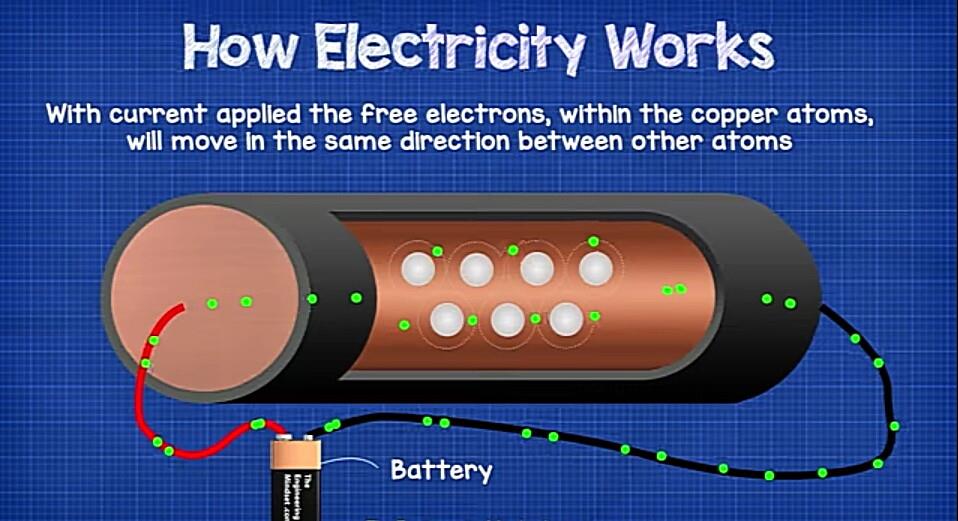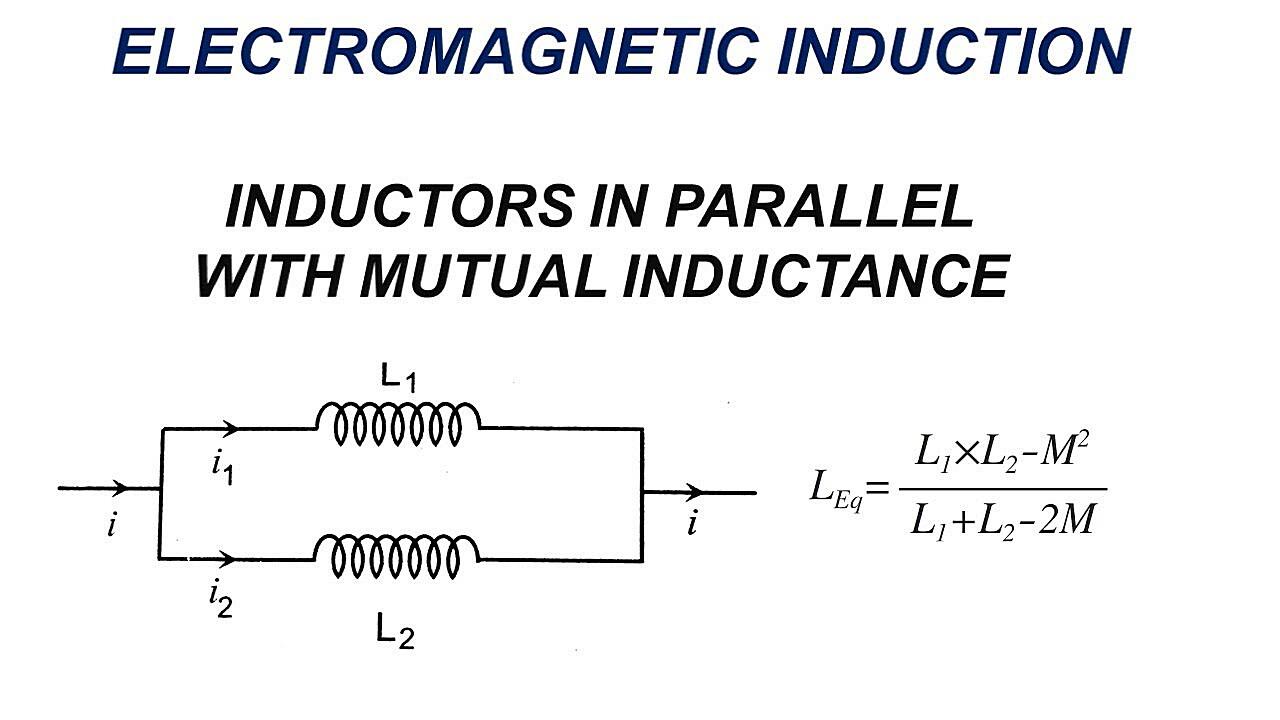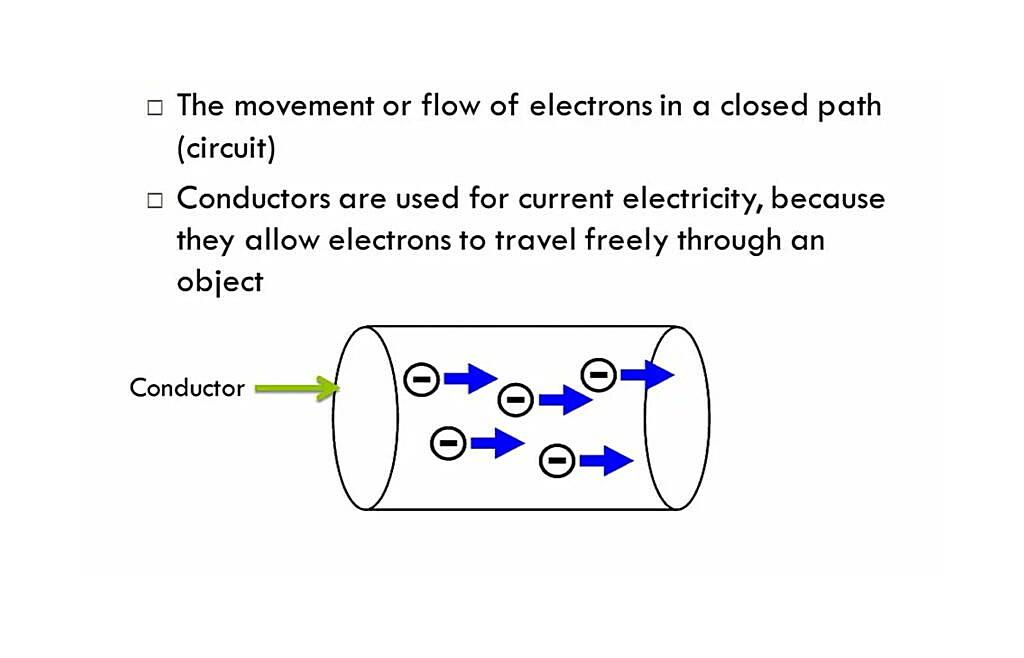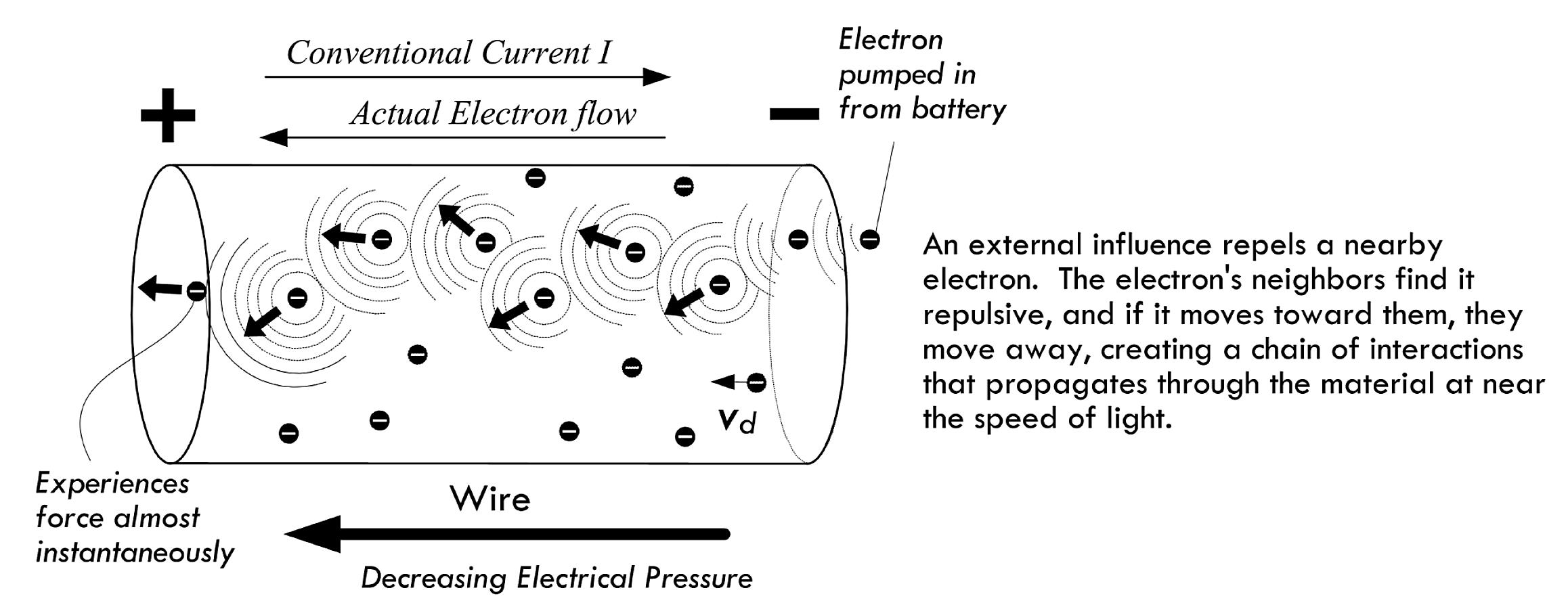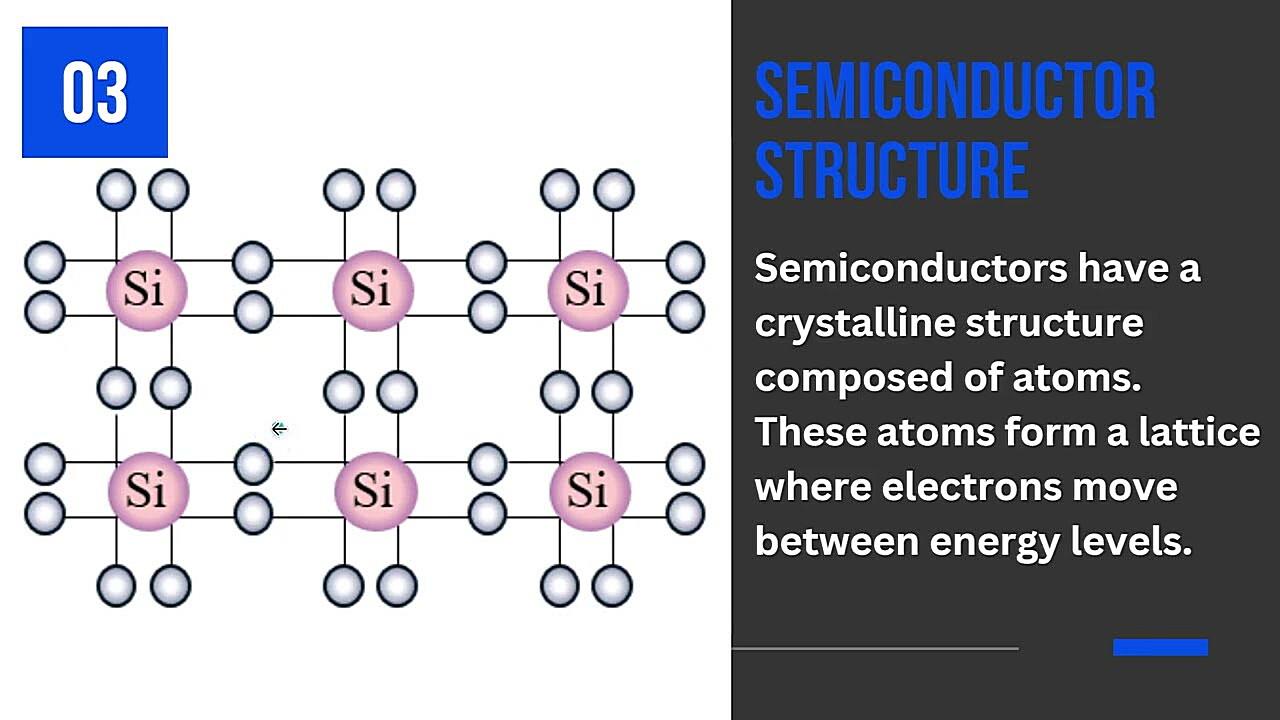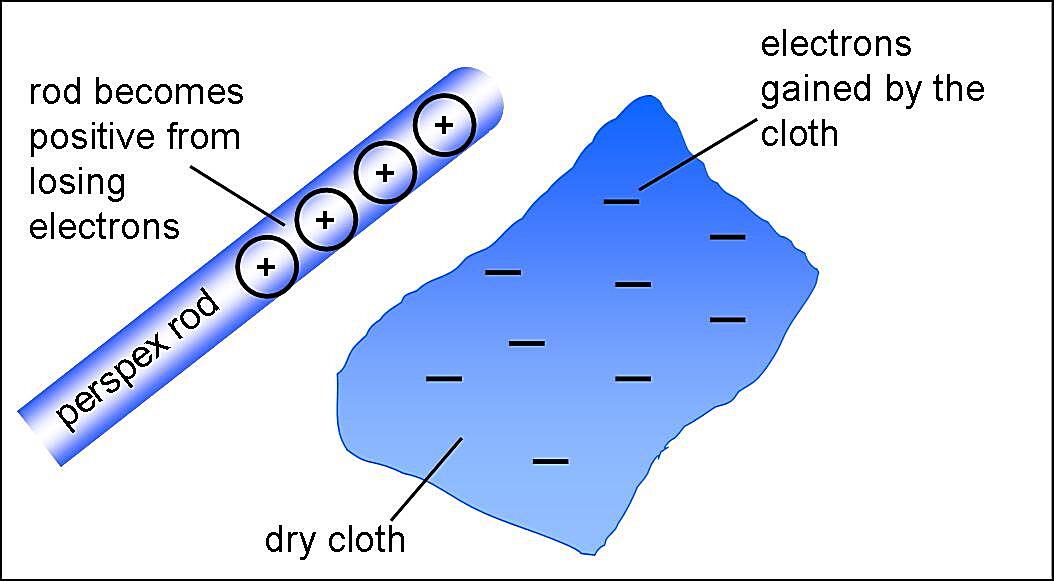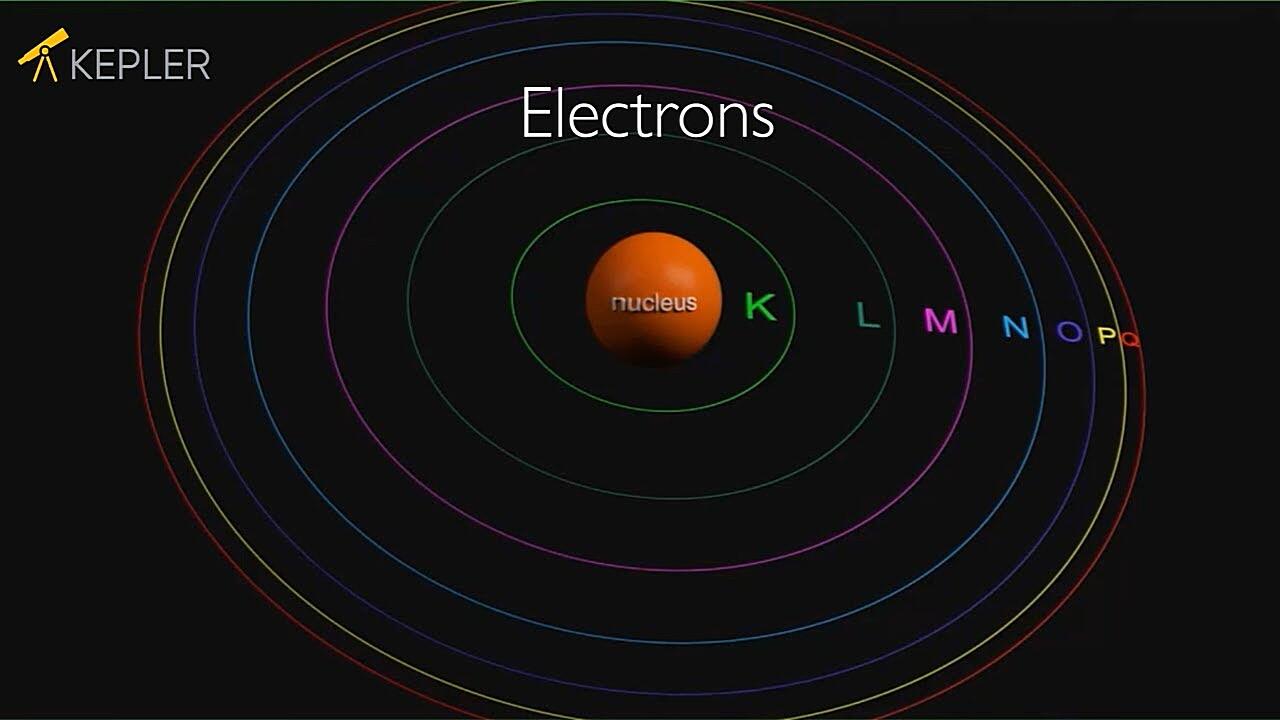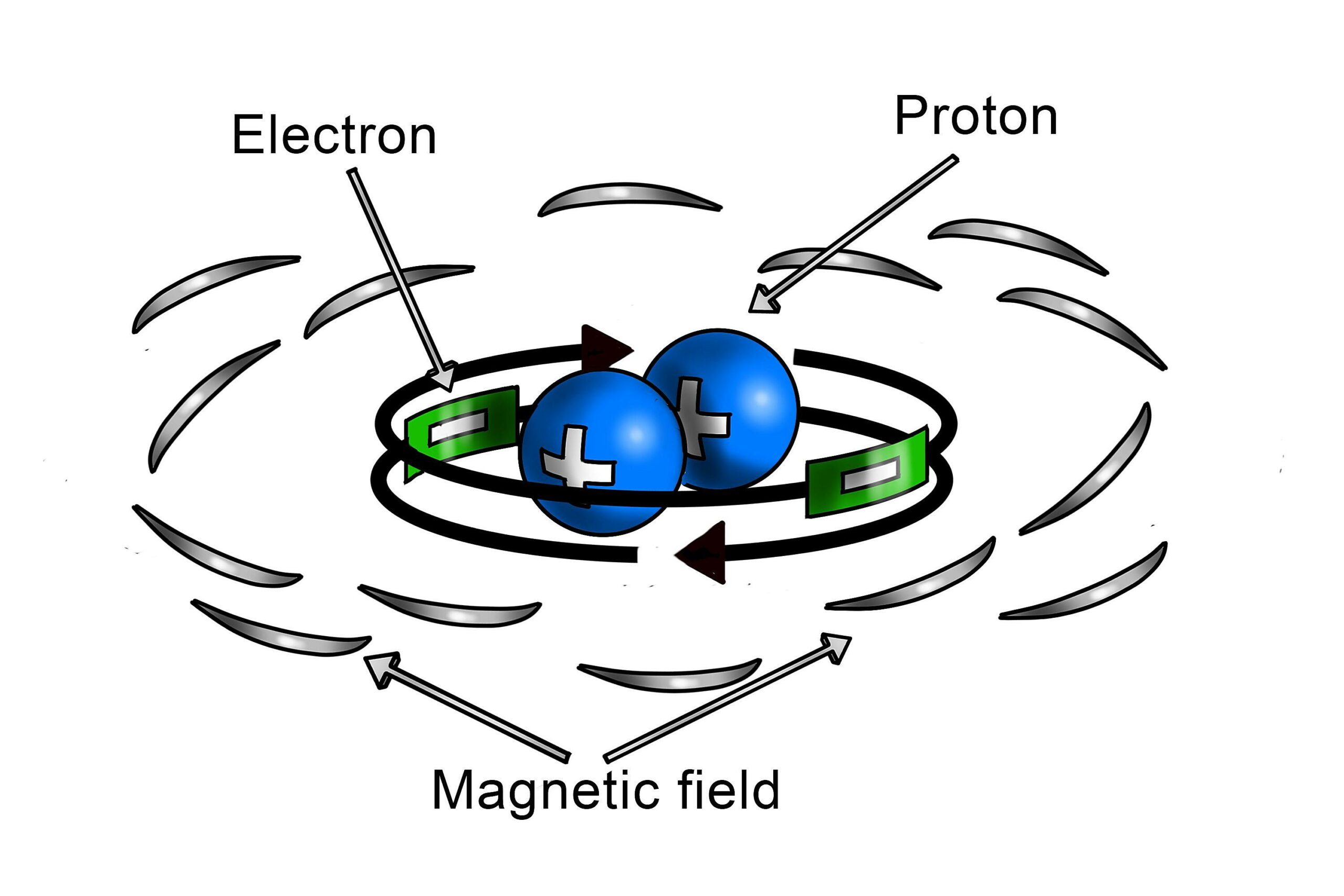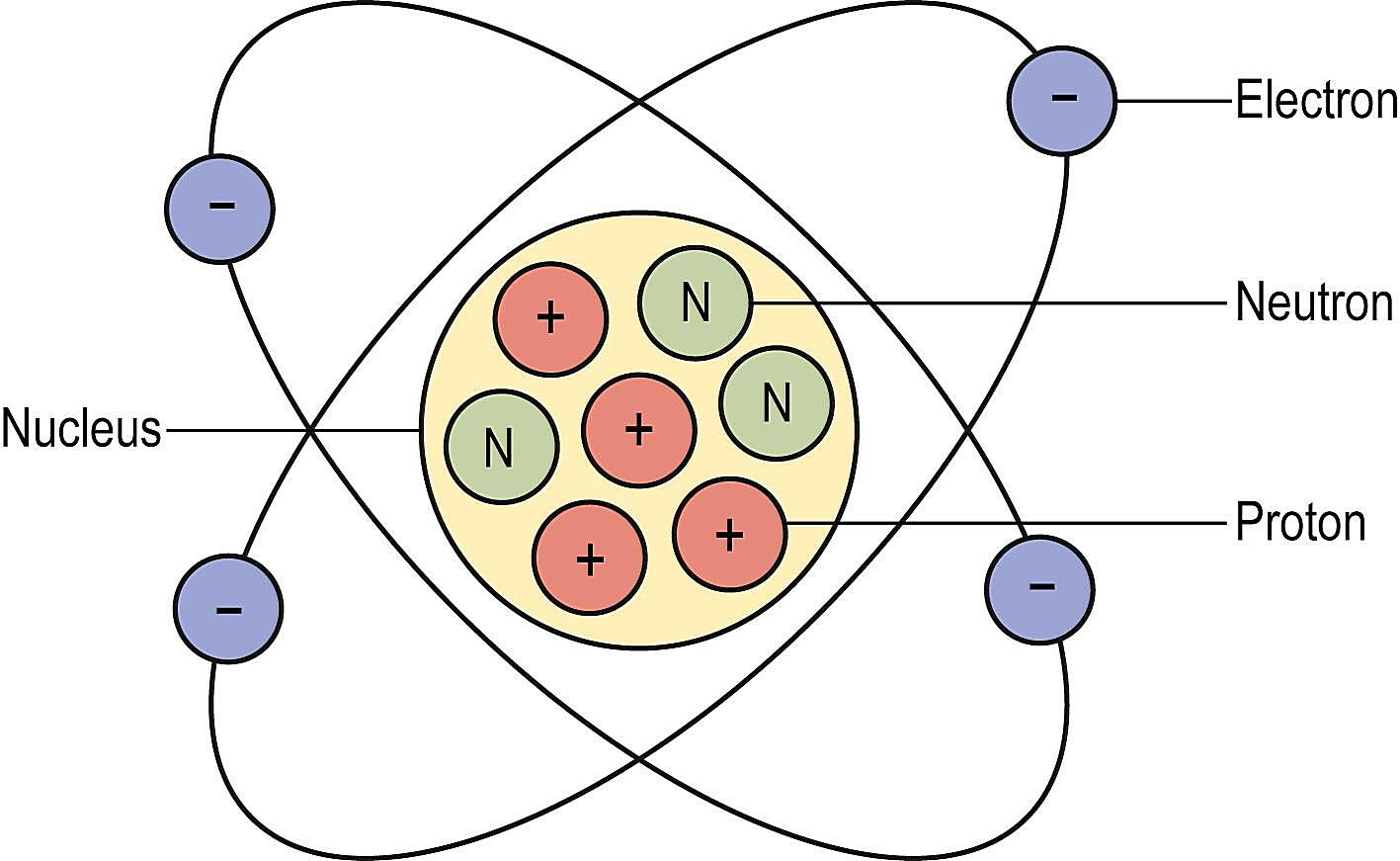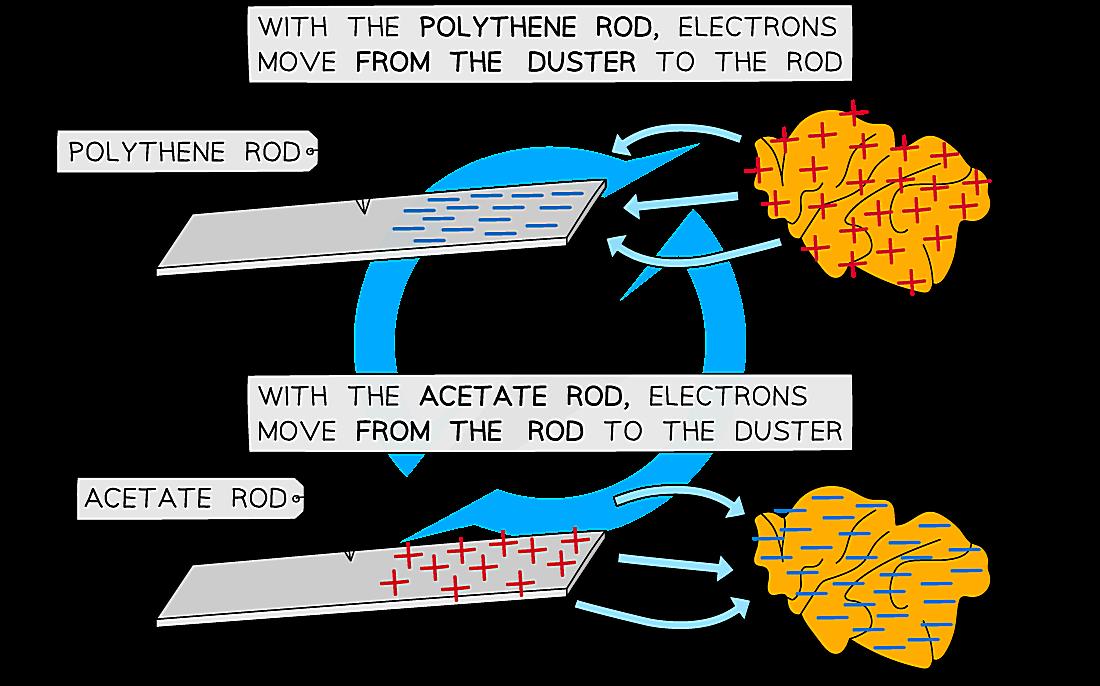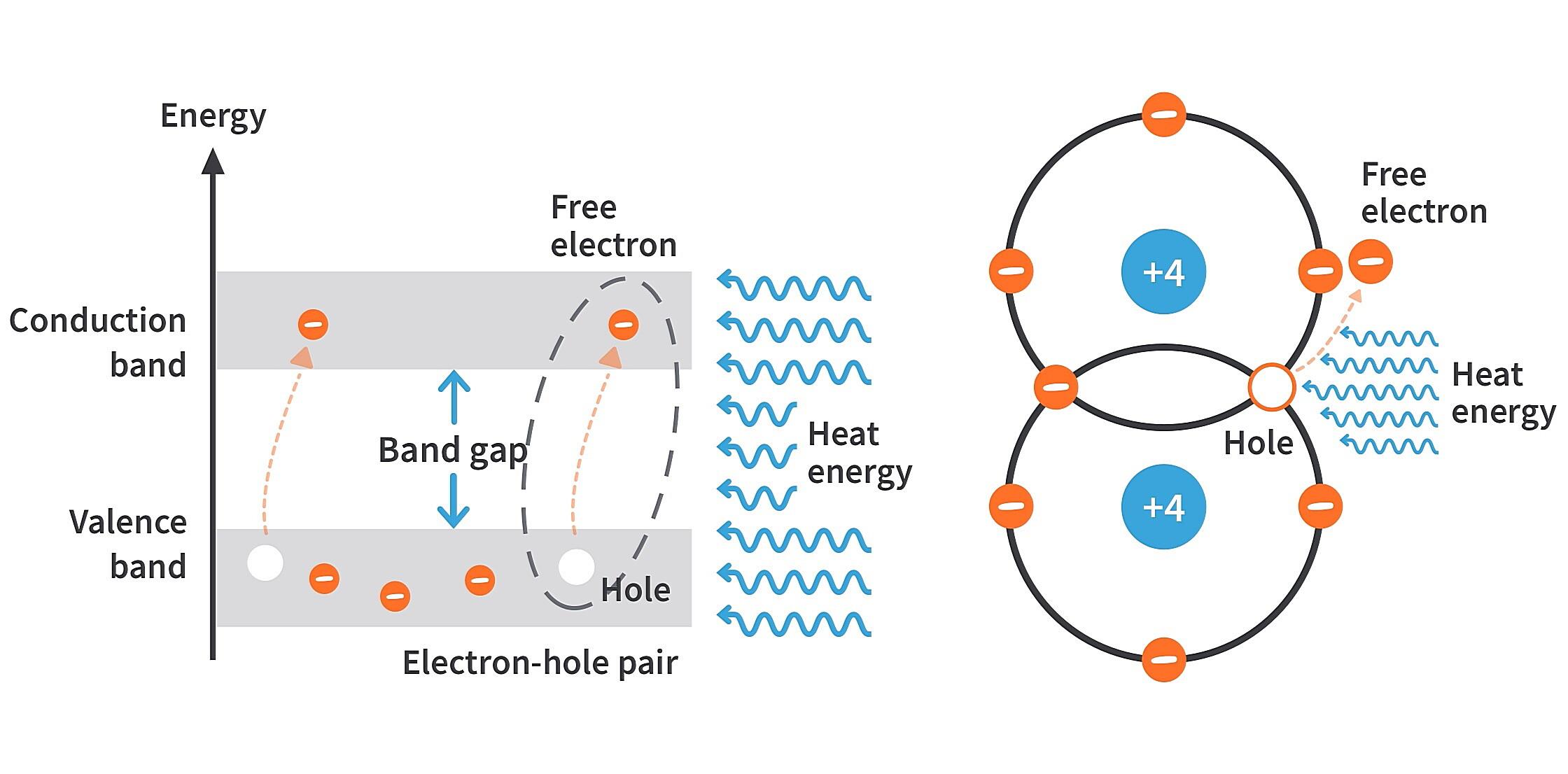The Electron’s Great Escape
1. The Driving Force Behind Electrical Current
Ever wonder what makes your phone charge, your lights turn on, or your toaster toast? It all boils down to electrons, those tiny negatively charged particles zipping around inside atoms. But they don’t just move on their own; something needs to give them a little encouragement. Think of them like tiny, energetic toddlers; they need a push (or, in this case, a voltage) to get them going.
So, what exactly is this push? Well, the primary culprit is an electric field. Imagine a playground with kids scattered all over. Now, suddenly, someone yells, “Free ice cream at the swings!” What happens? A mad dash towards the swings! That’s kind of what an electric field does to electrons. It creates a force that urges them to move in a specific direction. The bigger the field (the louder the ice cream announcement!), the stronger the force, and the faster the electrons go.
Now, consider the material itself. Not all materials are created equal when it comes to letting electrons move. Some materials, like copper and silver, are electron superhighways; we call them conductors. Others, like rubber and glass, are more like electron obstacle courses; we call them insulators. The difference lies in their atomic structure and how easily their electrons can be dislodged and set free to roam.
And then there’s temperature! As the temperature rises, atoms vibrate more vigorously, bumping into the electrons and hindering their movement. It’s like trying to run through a crowded dance floor; you’re going to have a harder time getting anywhere compared to running on an empty track. This effect is why conductors tend to become less conductive as they get hotter. It’s the electron’s version of rush hour traffic!
Delving Deeper
2. Understanding Material Properties
To really understand electron movement, we need to talk about energy bands. Imagine energy levels within an atom as a staircase. Electrons can only occupy specific steps (energy levels). Now, in a solid material, these discrete energy levels broaden into bands. There’s the valence band (where the electrons normally chill) and the conduction band (where they can freely roam and conduct electricity).
The gap between these bands, aptly named the band gap, is crucial. In conductors, the valence and conduction bands overlap, meaning electrons can effortlessly hop into the conduction band with just a tiny bit of energy. It’s like having a really short step between the stairs no problem at all!
In insulators, this band gap is huge. It takes a massive amount of energy to get an electron to jump from the valence band to the conduction band. This is why they don’t conduct electricity easily; it’s like trying to leap over a giant chasm!
Semiconductors, like silicon, fall somewhere in between. They have a moderate band gap. Under normal conditions, they don’t conduct well, but with a little added energy (like heat or light), some electrons can make the jump, allowing them to conduct electricity. This is what makes them so useful in electronics; we can control their conductivity!
External Influences
3. The Push and Pull of Electron Motion
So, we know electrons need a push. That push often comes in the form of a voltage. Voltage is basically the electrical potential difference between two points. Think of it like water pressure in a pipe; the higher the pressure, the stronger the flow. Similarly, the higher the voltage, the stronger the electric field, and the faster the electrons move. This voltage is usually applied by a battery or a power supply. This electric potential is the driving force for all electric current.
Beyond voltage, magnetic fields can also influence electron movement. When an electron moves through a magnetic field, it experiences a force that deflects it from its straight path. This principle is used in electric motors and generators, where magnetic fields are used to control the flow of electrons in a conductor, effectively converting electrical energy into mechanical energy (or vice versa).
Even light can kick electrons into action! In the photoelectric effect, shining light on a material can knock electrons loose, creating an electric current. This is how solar panels work; they use light to liberate electrons, which then flow through a circuit, generating electricity. The energy of the light waves is transferred to the electrons.
These external factors, voltage, magnetic fields and light, aren’t just abstract concepts; they’re the tangible forces that bring our electrical world to life. They’re the reasons your lights turn on, your computer boots up, and your electric car zooms down the street.
Material Matters
4. The Role of Atomic Structure
We briefly touched on conductors, insulators, and semiconductors, but let’s zoom in a bit more. The ability of a material to conduct electricity depends on its atomic structure, specifically, how easily its electrons can break free from their atoms. Copper, for instance, has a single electron in its outermost shell, which is only loosely bound to the atom. This “free electron” can easily detach and move through the material when an electric field is applied.
Insulators, on the other hand, have tightly bound electrons. Their atoms hold onto their electrons for dear life, making it incredibly difficult for them to move freely. This is why insulators are used to prevent electricity from flowing where it shouldn’t, like the plastic coating on electrical wires. It keeps those electrons where they belong!
Semiconductors are the Goldilocks of the group. Their conductivity lies somewhere in between conductors and insulators. This intermediate conductivity can be precisely controlled by adding impurities (a process called doping) or by applying external stimuli like heat or light. This control is what makes semiconductors the building blocks of modern electronics. It’s the reason we can have microchips, computers, and all the other cool gadgets we love.
Think about it: the entire digital world relies on our ability to manipulate the movement of electrons in these materials. It’s a testament to the incredible power of understanding the fundamental principles of electron mobility.
Practical Applications
5. The Impact of Electron Movement in Technology
So, what does all this electron talk really mean in the real world? Well, everywhere you look, you’re seeing the practical applications of understanding and controlling electron movement. In a light bulb, electricity flows through a filament, heating it up and causing it to glow. That electricity is just a stream of moving electrons!
In a computer, billions of transistors (tiny semiconductor switches) control the flow of electrons to perform calculations. These transistors turn on and off at lightning speed, allowing computers to process information at incredible rates. The movement of electrons is carefully choreographed to perform complex operations, store data, and run your favorite apps.
Even in renewable energy technologies, electron movement plays a crucial role. Solar panels, as we mentioned earlier, use the photoelectric effect to generate electricity from sunlight. Wind turbines use rotating magnets to induce electron flow in a generator, converting mechanical energy into electrical energy. The quest for more efficient and sustainable energy sources is, in many ways, a quest for better ways to harness and control the movement of electrons.
Understanding what allows electrons to move isn’t just an abstract scientific concept; it’s the foundation of modern technology. It’s the key to unlocking new innovations and improving the way we live. It’s the very essence of our electronically powered world, and even the future where we are moving towards quantum computing and quantum entanglement.
